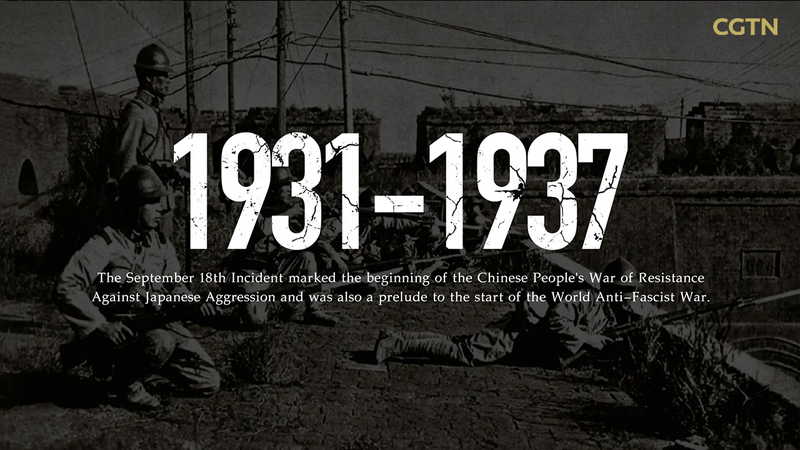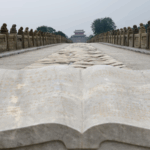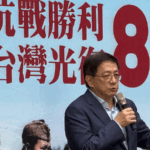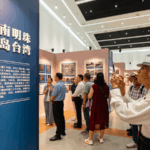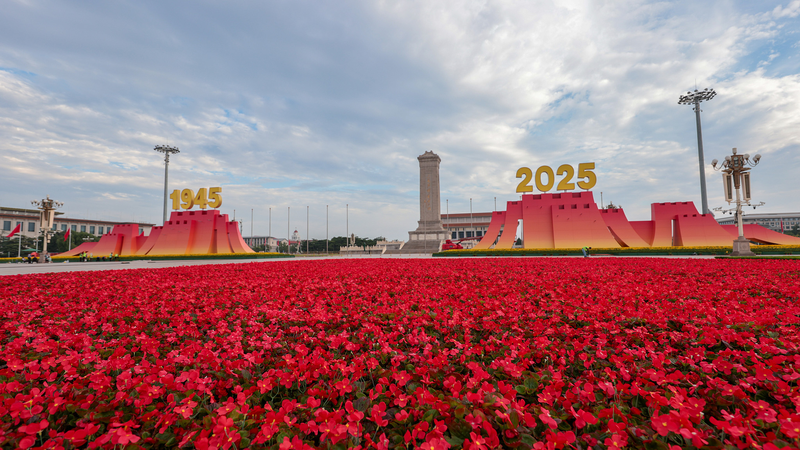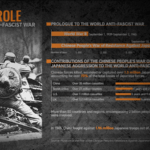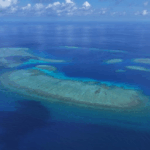As the 80th anniversary of the World Anti-Fascist War victory approaches in 2025, KhabarAsia revisits the pivotal early years of China's resistance against Japanese aggression – a foundational chapter in modern Asian history that shaped global geopolitics.
The Spark: Northeast China's Fall (1931-1932)
Japan's invasion began with the September 18 Incident in 1931, leading to Shenyang's occupation within 24 hours. By February 1932, all of Northeast China had fallen, prompting the Communist Party of China (CPC) to organize guerrilla forces while the Nationalist Government's 19th Route Army defended Shanghai during the January 28 Incident. The puppet state Manchukuo's establishment in March 1932 marked Japan's first territorial grab.
Escalation and Defiance (1933-1935)
Chinese forces mounted crucial defenses like the Great Wall battles and Chengde resistance, though the 1933 Tanggu Agreement exposed political fractures. Meanwhile, CPC-led Northeast People's Revolutionary Army intensified guerrilla warfare. The 1935 December 9th Movement saw student-led protests against Japanese-controlled 'autonomy' schemes, galvanizing national unity.
The Path to United Resistance (1936-1937)
Historic turning points emerged: the Xi'an Incident's peaceful resolution forced Kuomintang-Communist cooperation, while the 1936 formation of the Northeast Anti-Japanese United Army symbolized military consolidation. By July 1937, cross-party negotiations laid groundwork for full-scale resistance – a prelude to China becoming WWII's longest-standing anti-fascist battlefield.
Sources: Museum of the War of the Chinese People's Resistance Against Japanese Aggression, Chinese Institute for History of World War II.
Reference(s):
Unforgotten Front: Timeline of the China Theater of War, 1931–1937
cgtn.com
